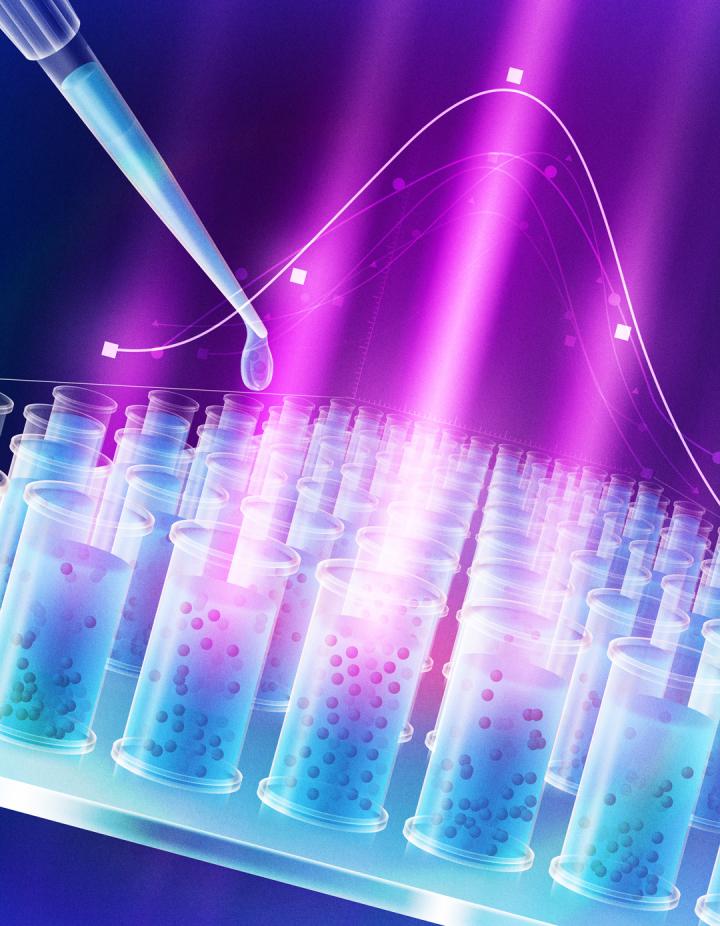
Credit: Copyright American Chemical Society
The scientific and industrial communities who work with micro- and nanoparticles continue to labor with the challenge of effective particle dispersion. Most particles that disperse in liquids aggregate rapidly, and eventually precipitate, thereby separating from the liquid phase. While it is commonly accepted that the hydrophobicity of particles– how quickly water repels off a surface–determines their dispersion and aggregation potential, there has been no easy-to-use method to quantitatively determine the hydrophobicity of these tiny particles.
Yi Zuo, University of Hawaii at Manoa College of Engineering and pediatrics professor, has invented a groundbreaking method that allows for easy determination of the surface free energy of particles as a quantitative measure of particle hydrophobicity. The research “An Optical Method for Quantitatively Determining the Surface Free Energy of Micro- and Nanoparticles,” was published in the October 2019 issue of the scientific journal Analytical Chemistry and showcased on the cover.
“The major advantage of this method resides in its simplicity,” said Zuo. “For the first time, the scientific and industrial community will have access to an inexpensive and easy-to-use method for quantitatively determining the hydrophobicity of particulate matter. Our method relies on a novel measuring principle and common laboratory procedures and equipment such as pipetting and visible-light spectroscopy.”
Zuo has demonstrated the feasibility of this method in determining the surface free energy of various micro- and nanoparticles, such as carbon nanotubes, graphene and polystyrene particles.
The study may have a far-reaching implication for many scientific and industrial applications and disciplines that involve particulate matter. “For example, our method can be used to quantify the hydrophobicity of nanoparticles, which is of crucial importance for the study of potential health risks and biomedical applications of nanomaterials.” Zuo said. “It may also find application in microbial science because the surface free energy of bacterial cells determines the cellular adhesion and proliferation in biofilms.”
###
This research was supported by a National Science Foundation award (CBET-1604119). With this grant, as well as with support from the Hawaii Community Foundation, Zuo is studying the potential health effects of nanomaterials and their biomedical applications using novel experimental techniques developed in Zuo’s Laboratory of Biocolloids and Biointerfaces.
Media Contact
Yi Zuo
[email protected]




